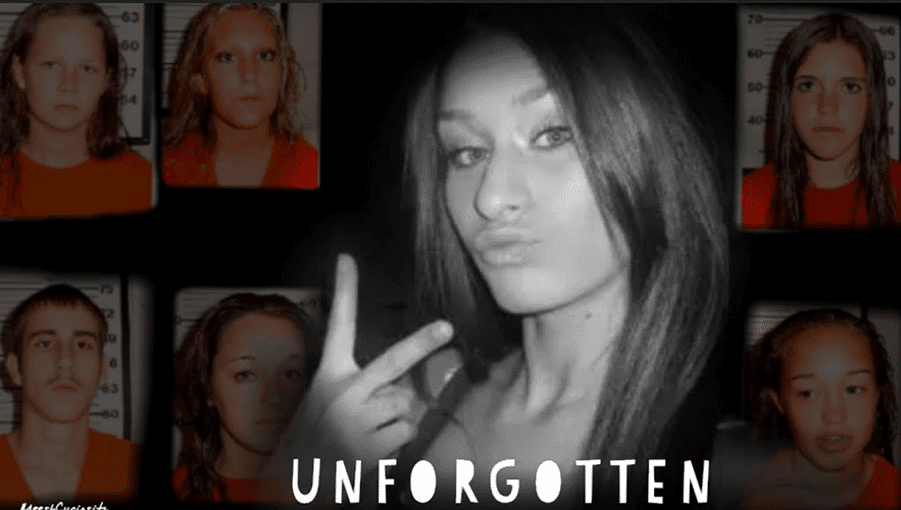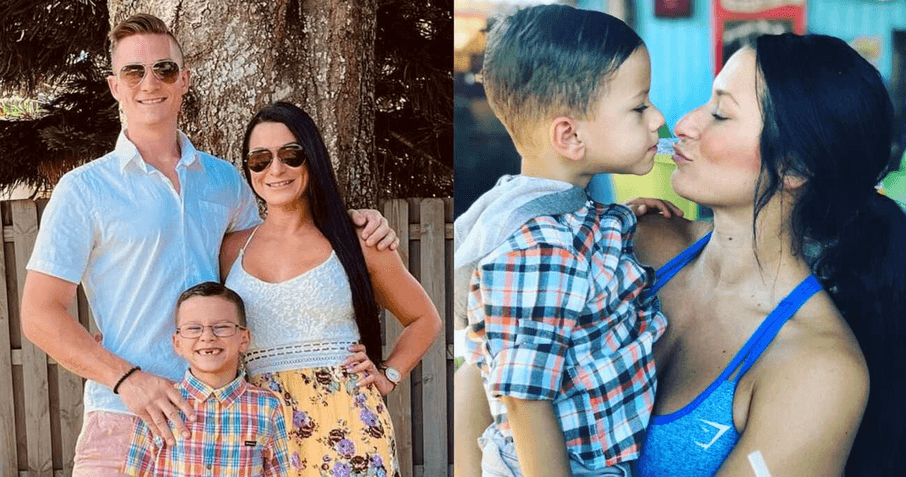📑Table of Contents:
The Victoria Lindsay story is a harrowing reminder of the consequences of bullying and violence. In 2008, a brutal attack by a group of teenage girls left Victoria physically injured and emotionally scarred. The incident, recorded and shared online, quickly went viral, sparking outrage and discussions about the role of social media in perpetuating cruelty.
However, Victoria’s story is not just about victimhood. It’s also about resilience, advocacy, and the fight for justice. Her experience catalyzed conversations about bullying, accountability, and the need for systemic change. This blog explores her journey, the impact of the incident, and how it shaped her future.

The Incident That Shocked a Nation
Victoria Lindsay, a 16-year-old high school student from Florida, was at the center of a national controversy in March 2008. She was lured to a friend’s house under pretenses. There, a group of six teenage girls attacked her while two boys stood guard outside.
The girls punched, slapped, and dragged Victoria by her hair, causing severe injuries. Worse, they recorded the entire assault, intending to upload the video online for attention and notoriety. The footage shared widely on social media, quickly drew public outrage.
This act of violence shocked the nation and highlighted the dark side of social media. It also raised questions about the growing trend of cyberbullying and its devastating consequences.
Immediate Aftermath
The video’s release had a profound impact on Victoria and her family. She suffered from physical injuries, including a concussion and facial bruising. However, the emotional trauma ran much deeper. Victoria struggled with anxiety, fear, and overwhelming attention from media and strangers.
Her parents expressed outrage and heartbreak, emphasizing the betrayal by individuals Victoria had considered friends. They demanded justice, leading to the arrest of the six girls and two boys involved in the attack.
The case quickly became a media sensation. It ignited debates about bullying, peer pressure, and the role of technology in escalating violent behavior. Many called for stricter laws and consequences for perpetrators of such acts.
The Legal Battle
The legal proceedings surrounding the Victoria Lindsay case were complex and emotionally charged. Prosecutors charged the attackers with kidnapping and battery, as they had held Victoria against her will during the assault. The charges carried serious consequences, including potential prison time.
The defense argued that the incident was an example of teenagers making a mistake, but the prosecution maintained that the premeditated nature of the attack warranted severe punishment. Ultimately, several perpetrators pleaded guilty or no contest, resulting in various sentences, including probation and community service.
The case underscored the importance of accountability. It also raised questions about the effectiveness of the justice system in addressing crimes involving young offenders.
Victoria Lindsay’s Resilience
Victoria’s journey didn’t end with the legal battle. Although she faced immense challenges, she demonstrated remarkable resilience. She worked tirelessly to recover physically and emotionally, seeking therapy and support from her family and friends.
Her experience motivated her to speak out against bullying and violence. Victoria became an advocate, sharing her story to raise awareness about the consequences of bullying. She emphasized the importance of standing up for oneself and others, encouraging victims to seek help, and holding perpetrators accountable.
The Broader Impact of Her Story

The Victoria Lindsay case became a turning point in bullying and social media discussions. It highlighted the need for schools, parents, and communities to address these issues proactively. Key takeaways from her story include:
- The Role of Social Media: The video of Victoria’s assault demonstrated how technology could amplify bullying. It underscored the need for platforms to enforce stricter guidelines to prevent the spread of harmful content.
- Accountability for Actions: The legal consequences faced by Victoria’s attackers sent a message about the importance of accountability. It showed that such acts of violence would not be tolerated.
- The Power of Advocacy: Victoria’s decision to share her story inspired others to speak out. Her advocacy highlighted the importance of supporting victims and addressing systemic issues related to bullying.
Lessons from Victoria Lindsay’s Story
Victoria Lindsay’s story offers valuable lessons for individuals and society as a whole:
- Bullying Has Real Consequences: The physical and emotional toll of bullying can be devastating. It’s essential to recognize and address such behavior’s seriousness promptly.
- Speak Up and Seek Help: Victims of bullying should never feel ashamed to seek help. Speaking up is the first step toward healing, whether through trusted adults, friends, or professional resources.
- Preventive Education Matters: Schools and communities must prioritize education about bullying, empathy, and the responsible use of technology. Prevention is key to reducing incidents like Victoria’s.
- Support Victims: Providing support to victims is crucial. Whether through counseling, peer support groups, or advocacy organizations, helping victims recover should be a priority.
The Legacy of Victoria Lindsay’s Story
Today, Victoria Lindsay’s story continues to resonate. It is a powerful reminder of the dangers of bullying and the strength of those who overcome adversity. Her experience has inspired initiatives to prevent bullying, promote kindness, and hold perpetrators accountable.
While the trauma she endured cannot be undone, Victoria’s resilience and advocacy have turned her pain into purpose. She remains a symbol of courage and a voice for those who may feel powerless.

Final Thought
The Victoria Lindsay story is both heartbreaking and inspiring. It sheds light on the harsh realities of bullying while showcasing the power of resilience and advocacy. Victoria’s journey reminds us of the importance of addressing bullying, supporting victims, and fostering a culture of empathy and accountability.
Her story continues to inspire conversations about change, proving that even in the face of adversity, individuals have the power to make a difference. By learning from her experience, we can work together to create a safer, more compassionate world.





